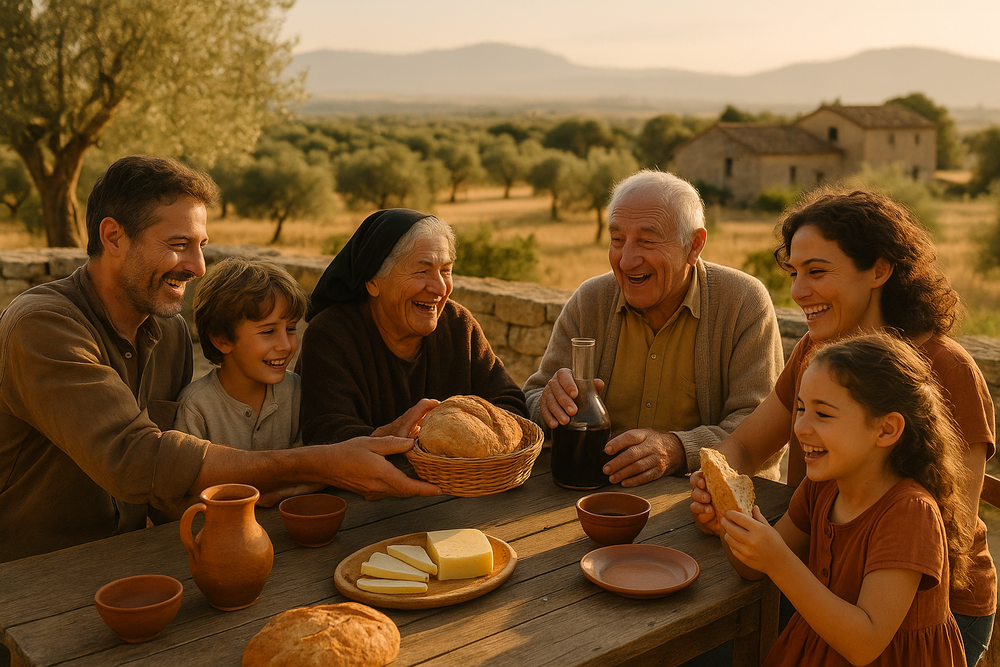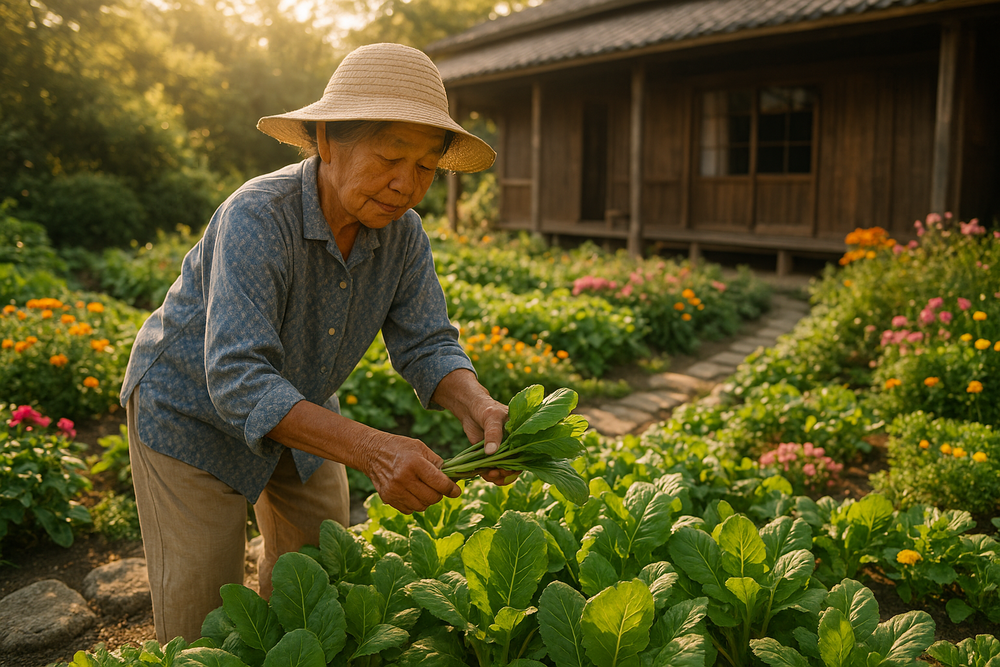The Secrets Behind Longevity in the World’s Blue Zones
Sienna Brown
2025-11-10
6 min read

What if there were communities where living to 100 wasn’t an anomaly, but a common milestone? Enter the Blue Zones. These regions, scattered across the globe, are home to some of the longest-living, healthiest people on Earth. But what exactly is their secret? Is it genetics? Diet? Something else entirely? This blog dives into the practices, habits, and environmental factors that allow people in Blue Zones to thrive well into old age, offering lessons we can all adopt in our own lives.
What Are Blue Zones?
Blue Zones refer to five regions around the world identified as having an exceptional concentration of centenarians (individuals 100 years or older) who also tend to avoid chronic illnesses like heart disease, cancer, and diabetes. This concept was popularized by the work of Dan Buettner, a National Geographic journalist and researcher, who explored the secrets of longevity in areas renowned for their exceptional life spans and health.
These five Blue Zones are:
• Okinawa, Japan
• Sardinia, Italy
• Nicoya Peninsula, Costa Rica
• Ikaria, Greece
• Loma Linda, California (home to a large Seventh-day Adventist community)
While these regions span vastly different cultures, climates, and lifestyles, they share common traits that contribute to their remarkable longevity.
Food as Fuel for Longevity
One of the most striking similarities among Blue Zones is their approach to food. Unlike the fast-paced, processed food-heavy diets common in many parts of the world, people in these regions stick to natural, plant-forward eating habits that have been ingrained in their cultures for generations. Okinawans, for instance, focus on a plant-based diet that includes sweet potatoes, tofu, and seaweed, while Sardinians enjoy hearty meals of whole grains, beans, and goat’s milk. Across the board, these diets are rich in nutrients and low in processed sugars and refined foods. Another critical element is portion control. Okinawans follow a principle called hara hachi bu, which means eating until you’re 80% full. By stopping before they feel completely satiated, they avoid overeating and calorie overload, which can contribute to shorter life spans.
The Role of Daily Movement
A gym isn’t required for the active lifestyles of those in Blue Zones. Instead, these communities incorporate natural movement into their daily lives through gardening, walking, and other physical activities that arise organically. Sardinian shepherds, for example, cover significant distances daily while tending to their sheep, while Ikarians hike hilly terrains as a natural part of their routines. What’s notable is the sustainability of these practices. Instead of structured, high-intensity workouts, Blue Zone populations engage in low-intensity, consistent movement throughout their day. This approach not only keeps their bodies strong but also prevents the strain and burnout often associated with modern fitness routines.

Social Connections and Support Networks
Perhaps one of the most overlooked yet critical drivers of longevity in Blue Zones is the depth of their social connections. Strong family ties, close-knit communities, and a sense of belonging are all attributed to longer, happier lives. For instance, Okinawa boasts an incredible tradition called moai, a lifelong circle of friends who provide social, emotional, and even financial support. Similarly, in Sardinia, multi-generational families live together, ensuring elders remain an integral part of family life. This sense of belonging reduces stress and improves mental well-being, both vital factors for a longer life. Conversely, loneliness and isolation, increasingly prevalent in urban areas worldwide, have been linked to shorter life spans and a host of chronic health issues. This insight emphasizes the importance of fostering meaningful connections in today’s increasingly disconnected world.
Rest and Stress Management
The people in Blue Zones have mastered the art of rest and recovery. Despite leading productive lives, they prioritize downtime, which plays a significant role in their overall health and happiness. Ikarians are famous for their midday naps, which have been shown to lower the risk of heart-related conditions significantly. Adventists in Loma Linda dedicate Saturdays to unplugging and focusing on faith, family, and nature. Across all Blue Zones, mindfulness practices like prayer, meditation, and yoga are commonly observed, offering a natural antidote to stress. The takeaway here is clear: A balanced life that includes adequate rest isn’t just a luxury but a necessity for longevity.
A Sense of Purpose
Purpose is a powerful driver of both physical and mental well-being. People in Blue Zones often have a strong sense of purpose, which can add years to their lives. Okinawans call it ikigai, while Nicoyans refer to it as plan de vida. Regardless of terminology, the concept boils down to having a reason to get up every morning. Whether it’s pursuing a passion, caring for loved ones, or contributing to their communities, this purpose fuels emotional resilience, reduces stress, and gives life deeper meaning.
A Blueprint for a Longer, Healthier Life
While genetics do play a role in longevity, the habits and lifestyles of Blue Zones remind us that our environment and choices matter significantly more. By integrating plant-based eating, consistent daily movement, social connections, downtime, and a sense of purpose into our own routines, we can take tangible steps toward living longer, healthier lives.
Which element of the Blue Zone lifestyle speaks to you the most? Perhaps it’s a commitment to eating more nutrient-dense meals, or maybe it inspires you to take that midday break you often skip. Regardless of where you choose to begin, the lessons from these remarkable communities are clear and achievable. To learn more about applying Blue Zone principles to your own life, consider exploring additional resources on the topic or connecting with health professionals who understand this unique approach to well-being.



